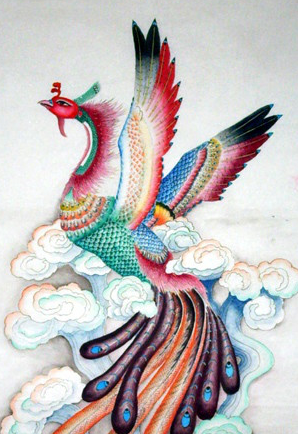SMOOSH JUICE
Saga of the Ortegids: Other Pantheons

The Nine Gods comprise the main pantheon of The Saga of the Ortegids. These are the gods you can expect to be worshiped in any temple in respectable society, no matter where in the world(s) you go. However, these are not the only gods that exist in this universe. Other cults to other powers might not be as large, widespread, powerful, or accepted, but they do exist. Here are some other gods worshiped in the world of the Ortegids, and the roles they play in the setting.
The Beast Gods
A number of gods exist that are always depicted in animal form. These are believed to be older, primeval spirits, their cults predating the formation of those of the Nine Gods – according to some theologists, the Beast Gods existed long before the Nine Gods ever came to this world. In most of the world, worship of the Beast Gods has been supplanted by that of the Nine Gods, though they still have a following, especially among so-called barbarian societies such as Aliahan, Suland, and the hill tribes scattered throughout wild areas of the world. They are also commonly worshiped by beastmen, and some elven kingdoms. Worship of the Beast Gods is tolerated, as their followers can comfortably coexist with civilized society, but tends to be considered backward and the domain of heathens in the countryside among more advanced realms.
Ramia, the God-Bird, is celebrated as the great phoenix, and a bringer of hope and life to the world. Her shrine sits on the frozen island of Liamland, where it is said that once an Age she emerges from a pit of fire tirelessly watched over by two sacred virgins, then flies around the world, chooses one who is destined to be a great leader of men, and then burns herself upon her own pyre so the cycle can continue again. She is also associated with the ideals of freedom and exploration, owing to her power of flight, which makes her popular among adventurers. Although one of the Beast Gods, Ramia is invoked in the courts of many kings due to her powers of prophecy and association with divine right, and her holy symbol can be found on many coats of arms, including that of the Ortegid Dynasty – Erdrick the Aliahanian was a follower of Ramia, and was said to have ridden her into battle.
- Ramia appears as a massive bird with iridescent plumage. Her holy symbol is a stylized depiction of a phoenix in flight.
- Alignment: Chaotic Good
- Domains: Life, Light, Nature, Tempest
- Oaths: Conquest, Glory, Vengeance
Nim-Tso, the Serpent God, is the god of poisons, thieves, murderers, and other criminals. He is associated with trickery and betrayal, and for this reason, cults devoted to him are not openly tolerated. However, there are many guilds of thieves and assassins that pay homage to him. For some, this is treated as more of a metaphorical bond, associating their clandestine operations with that of the sinister serpent god, but other, darker organizations conduct their grim business in Nim-Tso’s name, and some are rumored to offer dark rituals, offering human sacrifices to their dark god. No matter how many times the authorities try to stamp out these illicit snake cults, it seems that a new one always springs up not long after. Aside from his patronage over criminals, Nim-Tso is also revered by the lizardmen, who consider him their honored forefather.
- Nim-Tso takes the form of a massive serpent. His holy symbol is two snakes coming together, facing each other, but they’re one.
- Alignment: Neutral Evil
- Domains: Nature, Trickery
- Oaths: Treachery
The Forbidden Gods
These are the gods toward whom worship is not tolerated by most societies, as their portfolios are considered incapable with civil life – the gods that govern such things as death, destruction, and cruelty. Worshiping them usually entails partaking in overtly destructive behavior, and thus their cults are forced to operate in the shadows – there are some exceptions, however, when these cults grow powerful enough to challenge civilized rule, as happened with the Children of Hargon, a Malrothite cult that managed to usurp the rulership of Rhone during the War of the Three Kingdoms. Although these gods are not counted among the Nine Gods due to matters of good taste, they are nonetheless agreed to be beings of the same order, and just as powerful and immortal. They are not to be confused with demons, which do not as a rule seek followers, and even the most powerful demons are less powerful than gods. Generally, however, demons do worship the Forbidden Gods, as their interests tend to overlap, and cultists of the Forbidden Gods often summon demons to do their bidding. To shamelessly rip off Knight at the Opera, demons of the Lunar Lands are classical; demons in Saga of the Ortegids are heavy metal. The Forbidden Gods are also worshiped by the more savage tribes of beastmen.
Zoma, the Three-Eyed God of the Winter Wind, is the god of death, decay, and stagnation – he who sees to the end of all things. He is associated with ice, cold, snow, and winter, due to how frost kills crops and brings an end to the harvest season. Traditionally, he is held as the twin brother of Rubiss, and her equal and opposite in all respects. Long before the first humans drew breath, Zoma rebelled against his brethren in the God-War, feeling spurned for his macabre character, and attempted to get revenge on the other gods by bringing death to their creations, but was exiled to the Black Pits of Hades. To this day, however, he plots his vengeance, and seeks mortals to further his goals. He taught necromancy to mortals through the manipulation of life and death – unlike Melisine, he’s just tasked with making things die, not what happens to them afterward, and he can’t really care less about that.
- Zoma’s preferred form is that of a horned three-eyed giant with sickly blue skin, and he may manifest in this form if the proper ritual is performed, but most of the time can only project enough power over the mortal realm to appear as a gigantic eye spanning the sky. His holy symbol, likewise, is that of an eye.
- Alignment: Neutral Evil
- Domains: Death, or use a School of Necromancy Wizard to represent a pilgrim of Zoma.
- Oaths: Oathbreaker
Malroth, the Many-Fanged God of the Black Pits, is the god of chaos and destruction. If Zoma represents the silent, slow deterioration of entropy, then Malroth is the loud, fiery, violent cataclysm that destroys indiscriminately; the beast that will one day devour the universe and brings about natural disasters to sate his lust for wanton ruin. He is perhaps the oldest of the gods, ruling over the Black Pits since the dawn of existence, and will bring about the end of all things when the apocalypse comes. While most mortals view him with horror and disgust, for obvious reasons, he is considered the father of all demons, and many monstrous beings are said to have spawned from his flesh. His cults, however scarce, are some of the most terrifying. Some fear him, offering sacrifices to placate his hunger so that the end times might be delayed…others, worse yet, seek to summon him in order to accelerate the end of the world.
- Malroth appears as a hideous creature with six clawed arms, bat-like wings, and a grinning mouth full of fangs. His symbol is a fanged maw flanked by wings.
- Alignment: Chaotic Evil
- Domains: Death, War
- Oaths: Conquest, Oathbreaker



